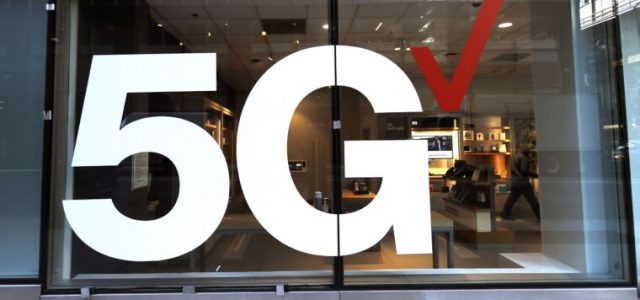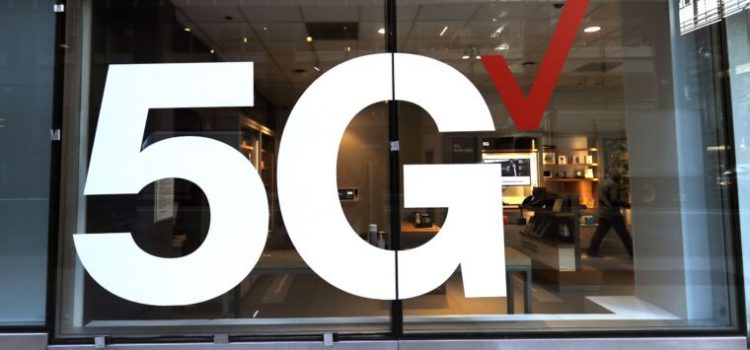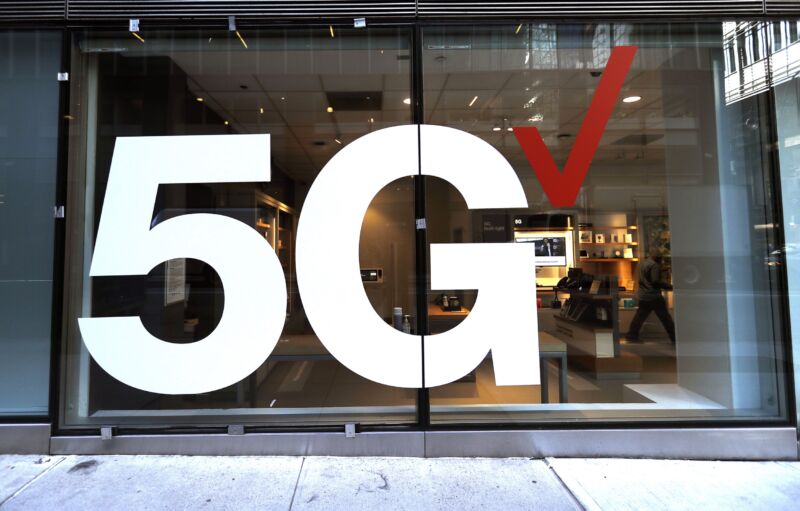



Getty Images | SOPA Images /
With AT&T’s and Verizon’s 5G battle against the aviation industry mostly behind them, the carriers have significantly boosted wireless speeds with their newly deployed spectrum.
From March to September, AT&T users’ average download speeds rose 34.6 percent from 50Mbps to 67.3Mbps. Verizon users’ average 5G download speeds rose 15.8 percent in the same span, from 70.3Mbps in March to 81.4Mbps in September. The US data is from a report set to be released today by OpenSignal.
The testing firm attributes the speed boosts to AT&T’s and Verizon’s use of C-band spectrum in the 3.7 GHz range. “C-band explains the jump in users’ overall 5G download speeds on both carriers because of its significantly greater capacity than lower-frequency 5G bands,” OpenSignal wrote, continuing:
Our AT&T users saw the fastest average 5G download speeds with the 3.7 GHz band connected—clocking in at nearly 113Mbps. This was approximately three times faster than the speeds users saw with other AT&T 5G bands—850 MHz, 1900 MHz and 1700/2100 MHz. On Verizon’s network, our users enjoyed 5G download speeds averaging 160.7Mbps—3.1 to 3.2 times faster than on the 850 and 1900 MHz legacy bands and 4.3 times faster than on the AWS (1700/2100 MHz) band.
C-band deployed after fight with FAA
C-band deployments were delayed until January 2022 because some airplane altimeters that use spectrum from 4.2 GHz to 4.4 GHz can’t filter out transmissions from outside their allotted frequencies. The carriers’ C-band licenses include spectrum from 3.7 to 3.98 GHz.
After a high-profile battle involving wireless carriers, the Federal Aviation Administration, and the aviation industry, airlines are now replacing and retrofitting their faulty altimeters. While AT&T and Verizon agreed to limit their deployments near airports until at least July 2023, the carriers have been able to deploy in the C-band without extra restrictions throughout most of the US.
AT&T and Verizon are still far behind T-Mobile’s 5G speeds. An OpenSignal report in July said T-Mobile’s 5G download speeds in the US were 171Mbps. Verizon posted an average of 72.8Mbps and AT&T an average of 53.6Mbps in that earlier set of measurements. T-Mobile also topped its two big rivals in an OpenSignal report that measured overall speed including 4G and earlier generations.
Compared to T-Mobile, AT&T and Verizon rely more heavily on low-band spectrum, below 1 GHz. Low-band spectrum is better at covering long distances and penetrating obstacles, but there’s less of it available, so it provides lower data rates.
Following this year’s mid-band deployments, 30.1 percent of 5G speed tests on AT&T’s network used the C-band spectrum in September. That was up from 4.6 percent in March. On Verizon, 49.3 percent of 5G speed tests used the C-band spectrum in September, up from 16.2 percent in March.
The remainder is an almost entirely low-band spectrum for both carriers, as millimeter-wave deployments have been minimal despite early hype driven by the wireless industry. AT&T and Verizon use some other mid-band spectrum, but the C-band is easily their biggest driver of 5G mid-band usage, according to OpenSignal’s data.
T-Mobile is heaviest user of mid-band
T-Mobile still has the most extensive mid-band usage, as 71.5 percent of 5G speed tests on the T-Mobile network from July to September used spectrum between 1 GHz and 6 GHz, according to OpenSignal.
AT&T and Verizon should post more 5G speed improvements over time as they continue to deploy in the C-band. The carriers have said they’re only using the 3.7–3.8 GHz portion of the 3.7–3.98 GHz spectrum this year and will put the rest to use in future years.
Today’s report on AT&T’s and Verizon’s download rates doesn’t provide any update on T-Mobile’s speeds or on any of the carriers’ upload speeds. The report in July said T-Mobile’s average 5G upload speeds were 17.8Mbps, ahead of Verizon’s 14Mbps and AT&T’s 10Mbps.
OpenSignal’s data comes from users who install the company’s app on mobile phones. OpenSignal “collect[s] billions of individual measurements every day from over 100 million devices worldwide,” producing “the vast majority of our data via automated tests that run in the background,” the firm says.
